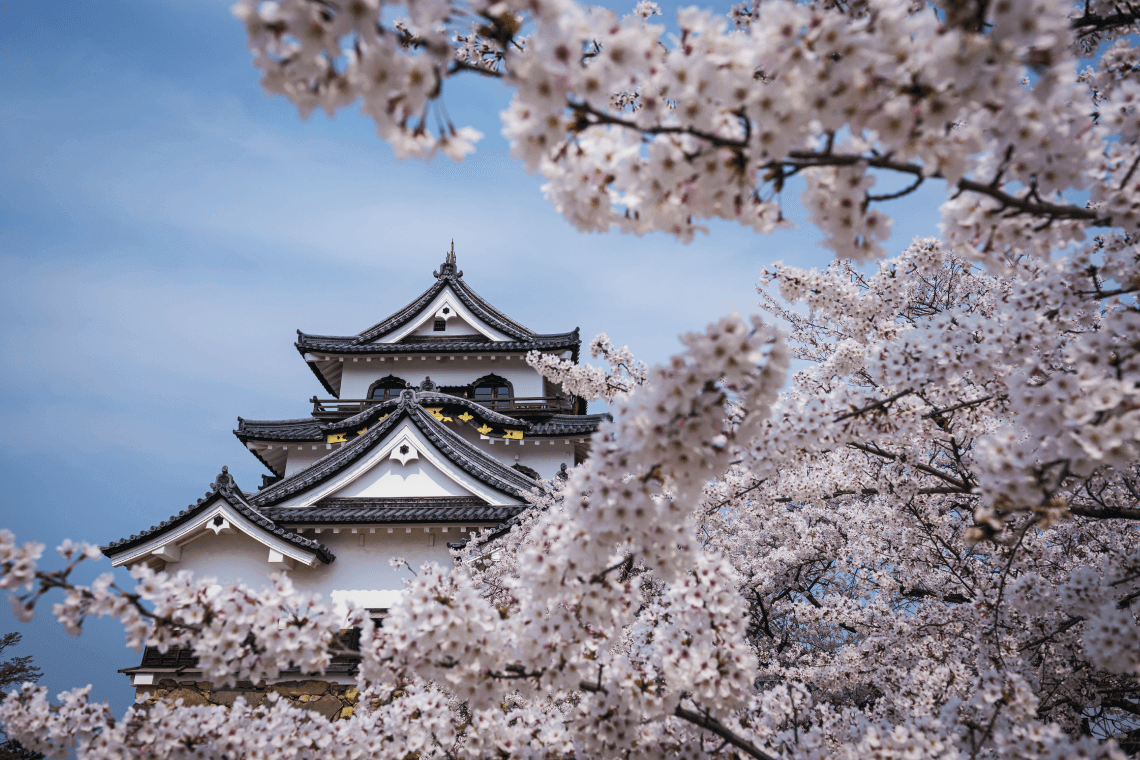Investing and buying art is in the main more affordable than ever nowadays, however with constraints on disposable income due to other family commitments it is not always possible to acquire the amount of original prints as you would like, there is always one more print that you really really need, its the same with any collection. It is always nice to have a few originals in your collection and original Shunga prints can start at a very reasonable price if you look around. To enjoy the vast majority of prints though I do not see any real issue with having them included as reproductions, they can still be enjoyed, the story behind them can still be told and the humour of the narrative or dialogue can be understood. It does not take anything away from the image in my opinion. Do not get me wrong it is always nice to appreciate the original piece of work. As for the monetary value of your collection it is never going to sell for much if its all reproductions but is that always what art is about, is art not just to enjoy?
Have a look at some of the reproduction prints in other discussions on the site.
The difference between an original print and a reproduction.
Artists original - A fine art print is a "multiple original" made by hand,
one impression at a time, from a woodblock carved by the artist.
With original fine art prints, the tactile quality of the ink on
paper and the printing style, are inseparable parts of the artwork;
something you cannot achieve with reproductions.
Reproductions - A reproduction is a copy of an already existing work.
It is just a photo-mechanically reproduced image, often scanned and then
mechanically printed en-mass. There is no intervention of the artist.
Reproductions are in essence posters, often called iris or giclee prints,
and have little or no monetary value. The inks used fade when exposed
to the sun and the paper is not always 100% cotton and acid free,
which means that it will easily degrade and yellow.
Despite good quality printers and up-to-date technology used to
produce giclees or iris prints, the result cannot compare to fine art
prints.
Additionally, reproductions are printed by the thousands, and
there is no physical limit to the number of impressions, as the matrix
does not wear down. However, just to support a price desired by the
publisher, edition size is artificially limited in order to create
scarcity and therefore increase the value of the print, which is even
made to sign and number by the artist thus creating confusion as to
authenticity.
Sunday, 17 March 2019
Saturday, 9 March 2019
Japanese Cherry Blossom Festival 2019
2019 Cherry Blossoms in Japan
The cherry blossom season in 2019 is expected to arrive Japan slightly earlier or same as the average year. Usually cherry blossoms start opening in late March to early April, reach full blooming after 5–7 days, and can be enjoyed viewing for about 1 week depending on weather condition.
The act of observing and appreciating cherry blossom in bloom is called hanami, which translates to English as ‘flower viewing’. It’s a huge sociable affair which takes place across the country with families, friends and colleagues, equipped with picnic boxes and blankets, gathering together under cherry blossom trees to eat, drink and be merry.
In the evening, the act of viewing is called yozakura, when simple lights and lanterns are laced into branches so the flowers appear to glow in the dark. Top spots will also have stalls set up selling snacks and drinks.
Cherry blossom, or sakura in Japanese, has been the subject of nationwide adoration since the Heian period, more than 1,000 years ago (794-1185). Celebrated in Japanese literature, poetry and art, scrolled onto the swords of samurai, symbol of fallen soldiers, of new beginnings and of friendship, the meaning of cherry blossom is many layered.
Its short, enigmatic emergence is seen as more than just a chance to admire some pretty petals; it is a meditation on life, death, renewal and the ephemeral nature of being.
One for a future vacation.
A good sight for further info - https://www.thetimes.co.uk/expert-traveller/destinations/japan/guide-to-cherry-blossom-holidays-in-japan
Subscribe to:
Comments (Atom)
